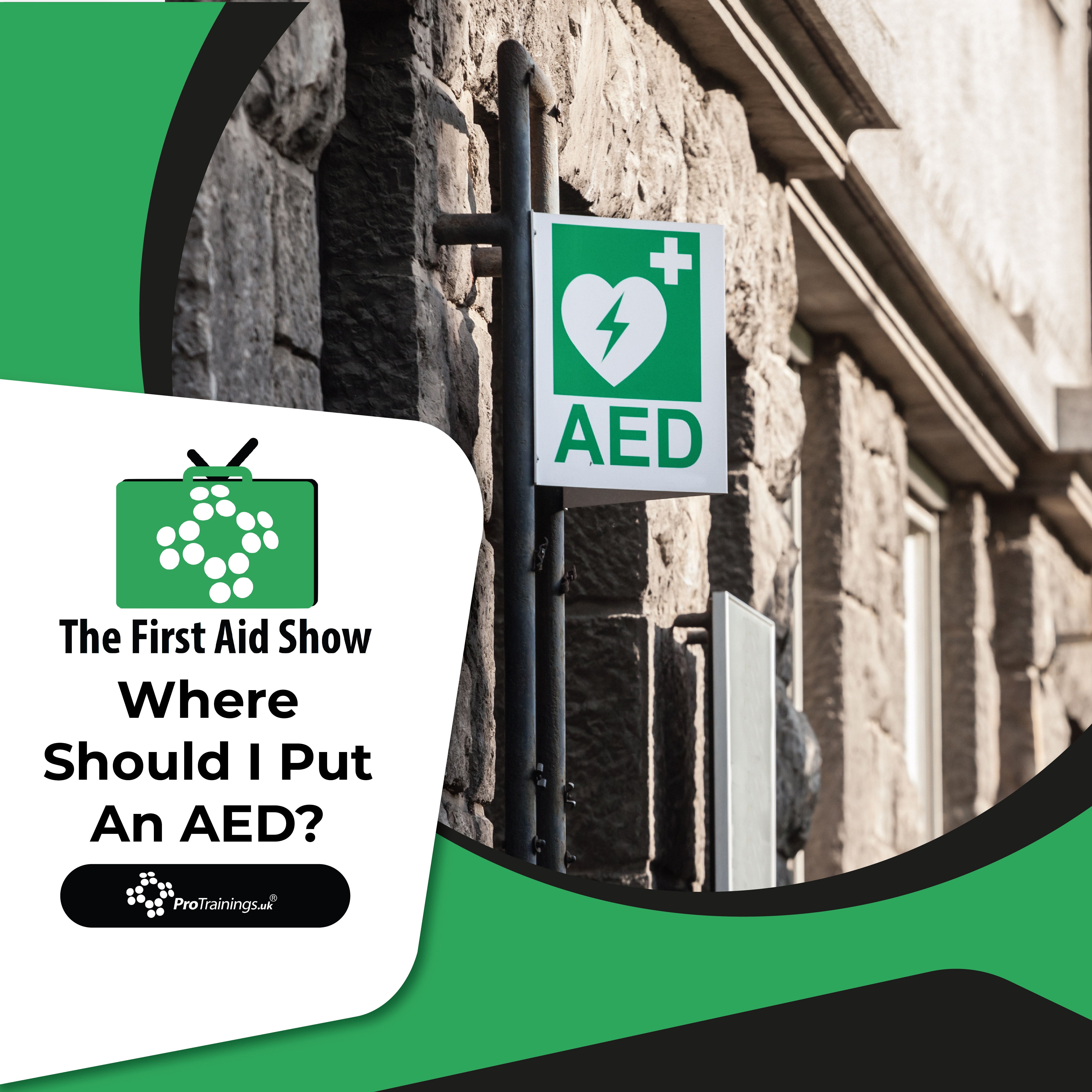Where Should I Put An AED? Key Considerations for Safe and Effective Placement
When deciding where to place an AED, it’s essential to prioritise visibility, accessibility, and speed of access. After all, when every second counts during a cardiac emergency, the last thing anyone needs is to waste time searching for the unit. So, if you’re asking yourself, “Where Should I Put An AED?”, let’s explore the best options to make sure your device can save a life when needed most.
Start with Visibility
First and foremost, keep the AED somewhere obvious. A popular option is behind reception, where it’s easy to see and quick to grab. Most AED units come with a wall bracket or hook, making them easy to hang in open view. Additionally, place directional signage throughout the building—in stairwells, hallways, kitchens, and exits—to guide people to its location.
Indoor Cabinet Options
Next, consider installing the AED in an indoor cabinet. Choose either a locked or unlocked version depending on your needs. Unlocked cabinets offer immediate access, while locked cabinets may be suitable in high-traffic areas. Most cabinets have a transparent front, making it easy to check if the AED is inside. Store the prep kit in the same cabinet for quick access to gloves, razors, and resuscitation aids.
Outdoor Placement and Heated Cabinets
If you’re placing the AED outdoors, a weatherproof cabinet becomes essential. For example, the DS3 AED cabinet includes heating features that activate in cold temperatures, ensuring the AED remains operational. Temperature extremes can affect both the battery and pads, so insulation matters. This approach ensures functionality even in winter, much like a cold day reduces the range of an electric car.
Security and Emergency Access
Furthermore, you must decide whether to secure the cabinet with a code. If you do, make sure relevant team members know the code, or register the AED with The Circuit, the UK’s national defibrillator database. This allows emergency services to guide 999 callers to your device and provide the code if needed—saving valuable time.
Tailor Placement to Your Space
Now, think about your layout. If your business spans multiple buildings or has both office and warehouse spaces, you may need more than one AED. Ideally, ensure that an AED can be accessed and returned to the patient within four minutes total—two minutes there and two minutes back. This “four-minute rule” is becoming a widely accepted benchmark for effective AED coverage.
Public Access and Community Use
Moreover, consider placing your AED somewhere the public can access it. While an internal unit works well during business hours, a public-facing cabinet could serve the community 24/7. If you’re not ready to install a cabinet, even hanging the AED on a visible wall is better than locking it away where no one can find it quickly.
Keep Everyone Informed
Equally important, make sure staff know where the AED is and how to use it. Include its location in training sessions and emergency plans. The more people who can confidently locate and operate the unit, the greater your chances of saving a life.
Final Thoughts
To summarise, the answer to “Where Should I Put An AED?” lies in combining visibility, access, and preparation. Choose a prominent location. Use cabinets for protection. Register your unit on The Circuit. And above all, make sure people know it’s there. If you need help selecting a cabinet, choosing a brand, or registering your AED, please get in touch—we’re here to help make your environment as heart-safe as possible.
Live AEDs – Smart, Connected, and Ready to Save Lives!
With real-time monitoring, automatic self-checks, and user-friendly design, Live defibrillators bring peace of mind to homes, workplaces, and public spaces.
✅ Fully automatic operation
✅ Wi-Fi enabled for status updates
✅ Sleek, modern design
🔗 Shop Live Defibrillators now – because the best time to be prepared is before an emergency!


